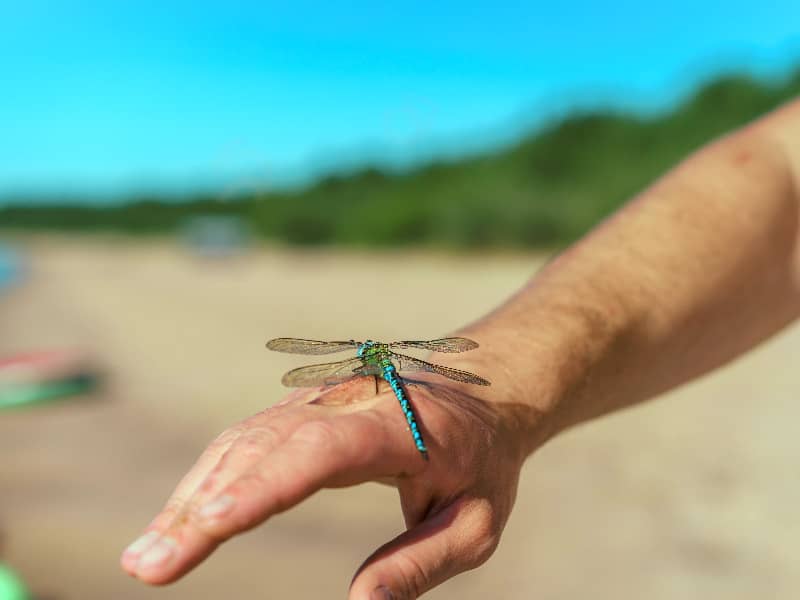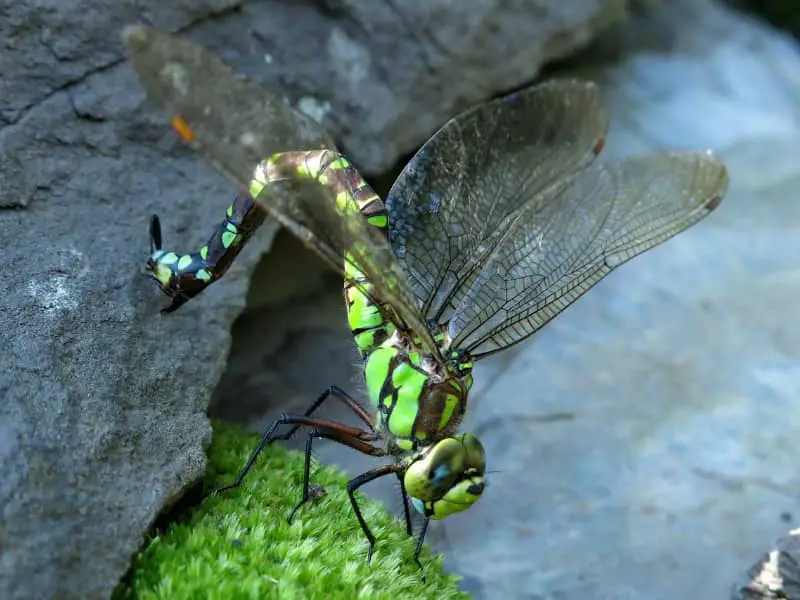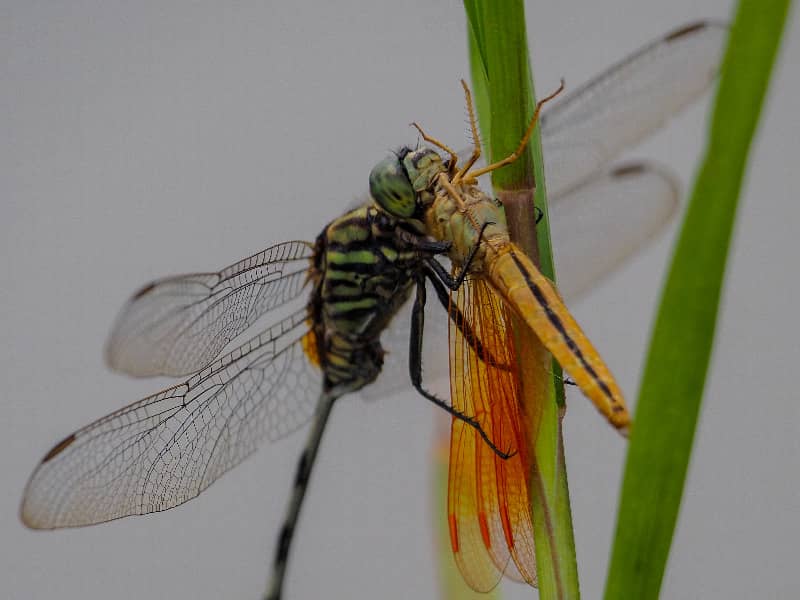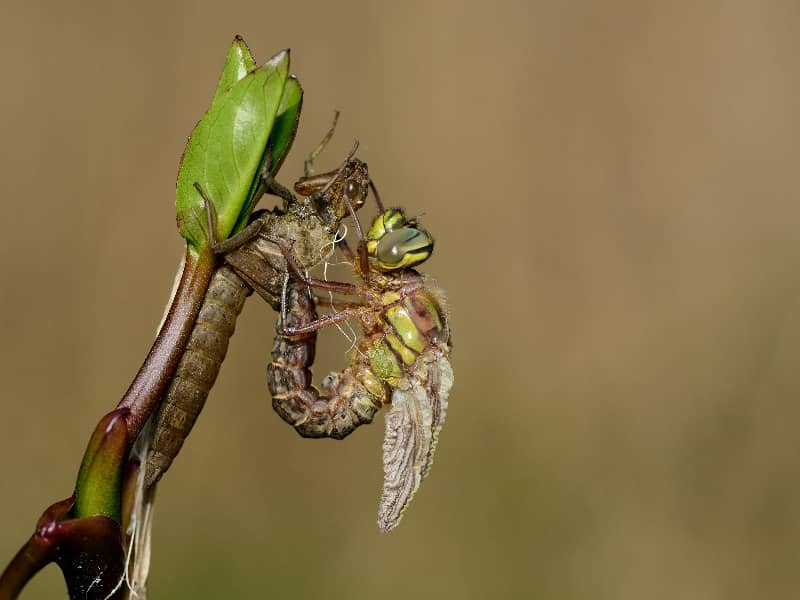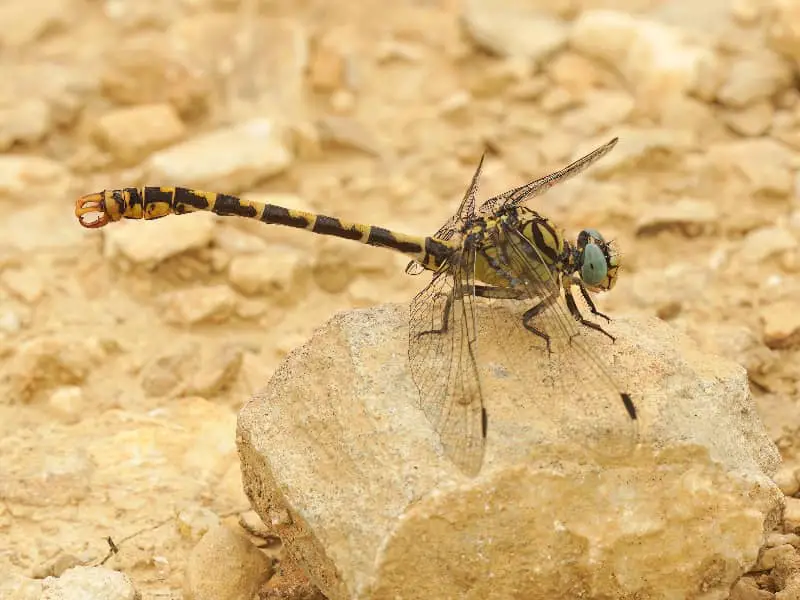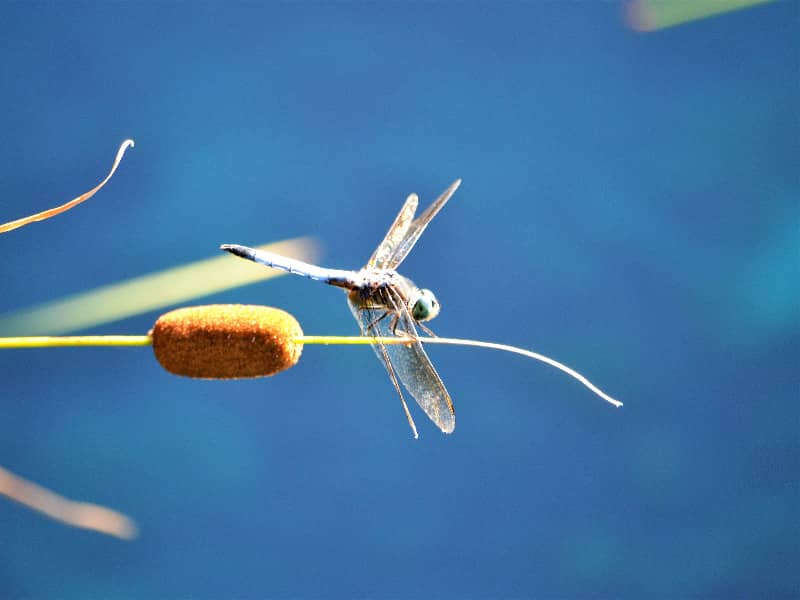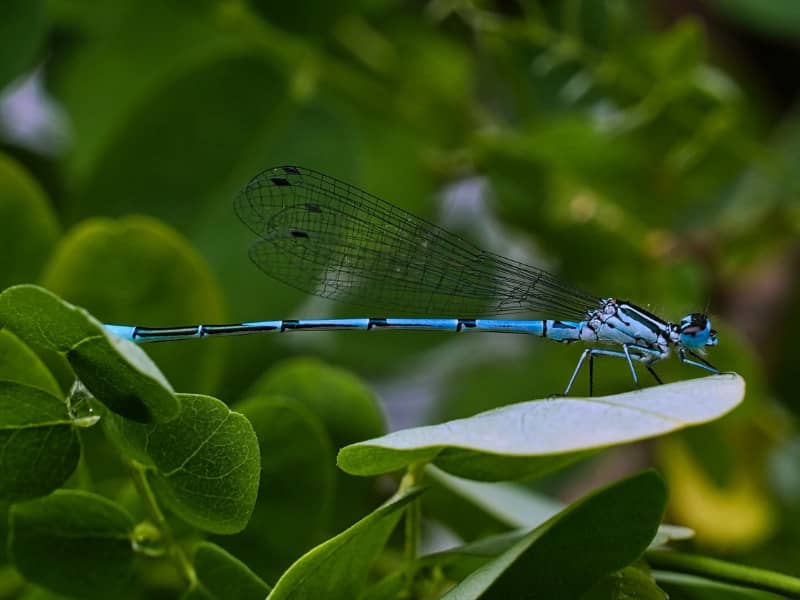
Arzurjungfern, what are the species?
Arzur dragonflies are a fascinating group of dragonflies known for their bright blue colors and delicate wings. These species are common in different parts of the world and fascinate nature enthusiasts all over the world. In this article, we will take a closer look at the different species of Arzur's damselflies and examine their unique characteristics, habitats and distribution patterns.
Features of Arzurjungfern
The Arzur damselflies (Coenagrion) belong to the slender dragonflies they are characterized by their striking blue color. Their wings are thin and translucent, which gives them an elfin appearance. The males often have a metallic sheen on their body, while the females have a slightly paler color. The size of Arzur's damselflies varies by species, but most of them have an average wingspan of 4 to 5.5 centimeters.
Another remarkable feature of Arzur's damselflies is their slender physique. Their long, thin bodies allow them to move effortlessly through the air and fly precise maneuvers. This adaptation makes them excellent hunters, able to capture insects in mid-air. Likewise, Arzur's damselflies have large, eye-catching eyes that give them excellent vision of their prey.
Habitat and distribution of the Arzurjungfern
Arzur's damselflies are found all over the world and can be found in various habitats. However, they usually prefer bodies of water such as lakes, ponds, and slow-moving rivers. These dragonfly species need clean water and abundant vegetation to reproduce and complete their life cycle.
In Europe, Arzur's damselflies are common in most parts, mainly in Central Europe. They are also found in North America, Asia and Africa. Their distribution depends largely on climatic conditions and the availability of suitable habitats. In some regions they can appear in large swarms and provide spectacular spectacles.
Horseshoe damselfly
Horseshoe damselfly is one of the most famous species of Arzur damselflies. This dragonfly got its name due to, by a horseshoe-shaped black mark found on the second abdominal segment of the male Horseshoe Azure Damselfly. The horseshoe damselfly has a striking blue color on its body and wings. The males often have a metallic sheen, while the females have a slightly paler color.
The Horseshoe damselfly is common throughout Europe and can be found in various bodies of water such as lakes, ponds and marshes. It is known for its ability to fly long distances and travel great distances. The horseshoe damselfly feeds on insects and small invertebrates that it catches during its flights.
Description of Bird Azure Maiden
The bird dragonfly is another fascinating species of dragonfly. This dragonfly has its name because of a black marking on the abdominal segment of the males. This is reminiscent of a bird. The avian azur damselfly has a striking blue color with black spots on its body and wings. The males often have a more intense blue color than the females.
The bird arctic damselfly is widespread in Asia and can be found in various habitats such as rice paddies, swamps and rivers. It is known for its fast flight maneuvers and its ability to twist and turn in mid-air. The avian arctic damselfly feeds on small insects and other invertebrates that it catches during its flights.
Description of the Spear-headed Dragonfly
The Spear-headed Azure Damselfly is a fascinating species of Arzur damselfly, with a distinctive black arrow-like pattern, on the second segment of the abdomen. This dragonfly has a striking blue color with black pattern on its body and wings. The males often have a more intense blue color than the females.
The Spear-billed Azure Damselfly is common in various parts of Europe and can be found in water bodies such as lakes, ponds, and slow-moving rivers. It is known for its fast flight maneuvers and its ability to twist and turn in mid-air. The Spear-billed Azure Dragonfly feeds on small insects that it catches during its flights.
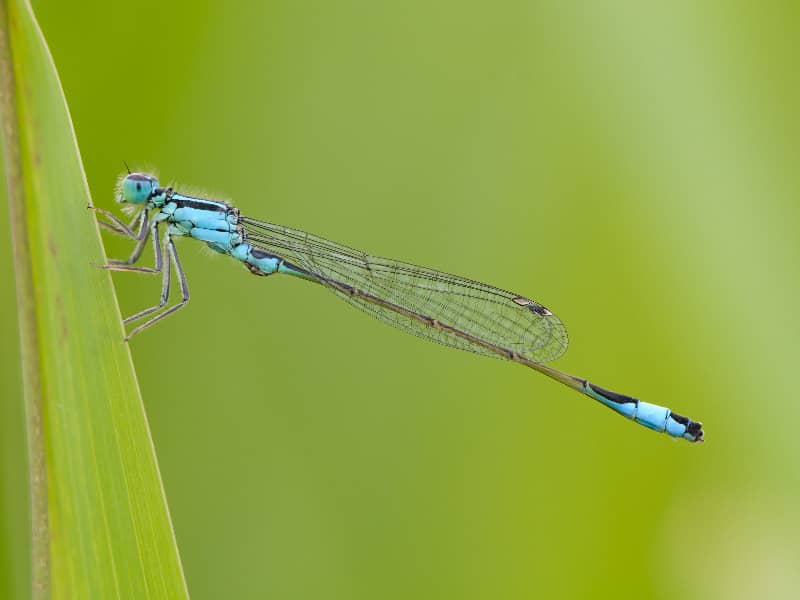
Description of forked damselfly
The Forked Azure Damselfly is another fascinating species of Arzur damselfly. This dragonfly gets its name from its distinctive forked tail. The Forked Azure Damselfly has a striking blue color and a slender build. Males often have a metallic sheen on their body, while females are a slightly paler color.
The Forked Azure Damselfly is widespread throughout Europe and can be found in various bodies of water such as lakes, ponds and marshes. It is known for its ability to fly long distances and travel great distances. The Forked Azure Damselfly feeds on insects and small invertebrates that it catches during its flights.
Conclusion
Arzur damselflies are fascinating dragonfly species characterized by their bright blue color and slender physique. These dragonflies are common in different parts of the world and fascinate nature enthusiasts with their elegant flight maneuvers. Each species of Arzur dragonfly has its own unique characteristics and habitat preferences to explore.
It is important to protect these fascinating insects and preserve their habitats. By preserving their habitats and promoting environmental protection, we can ensure that the dragonflies and other dragonfly species continue to enrich the wonderful diversity of nature.
FAQ
Question 1: Are there also Arzur's damselflies in North America?
Yes, the Arzur's damselflies are also common in North America. They can be found in different parts of the continent, especially in the eastern and central regions.
Question 2: How long does an Arzur's damselfly live?
The lifespan of an Arzur's damselfly varies depending on the species and the environmental conditions. In general, however, the adult Arzur's damselflies live only a few weeks to a few months.
Question 3: What do Arzur's damselflies eat?
Arzur's damselflies feed mainly on insects, small invertebrates, and occasionally small fish that they catch during their flights.
Question 4: What are the threats to Arzur's damselflies?
Arzur's damselflies face several threats, including habitat loss, pollution, climate change, and pesticide use. Protecting their habitats and promoting environmental conservation are crucial to preserve these fascinating dragonfly species.
Question 5: Are Arzur's damselflies poisonous?
No, Arzur's damselflies are not poisonous to humans. They are not a threat and are harmless to the environment. It is safe to observe and admire these fascinating dragonflies.
Author
Last posts
- 15. March 2024ChickensRobuster Kunststoffzaun für Hühner – Tipps
- 13 October 2023DragonfliesBlue feather damselfly
- 12 October 2023DragonfliesYellow dragonfly - What are the species?
- 12 October 2023DragonfliesEarly Adonis Damselfly

